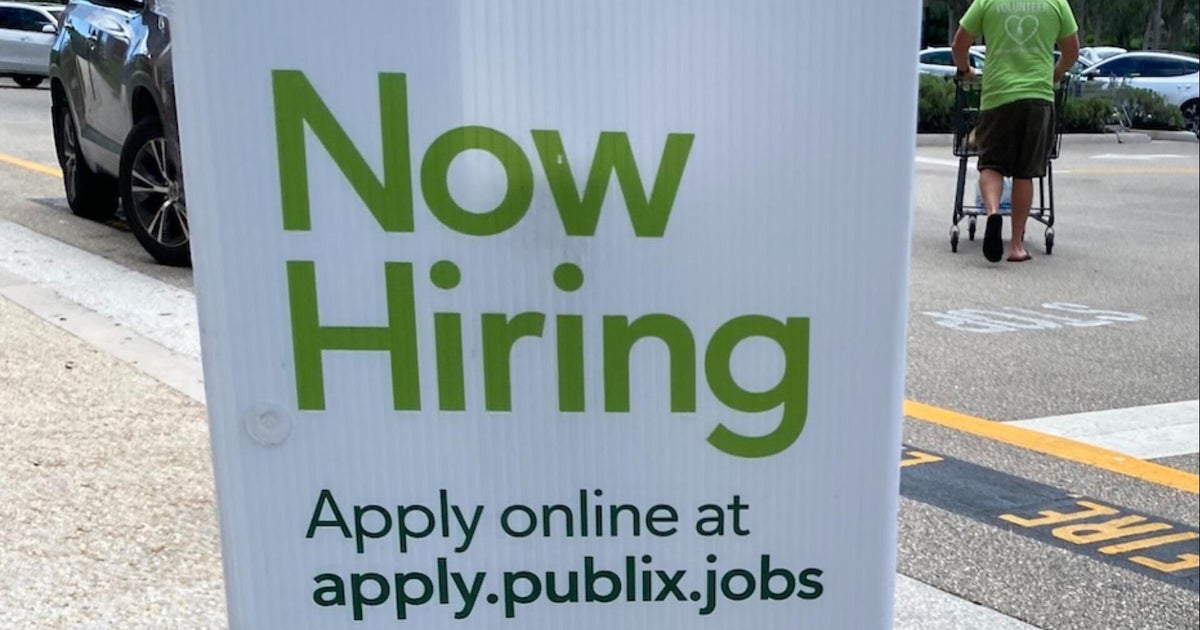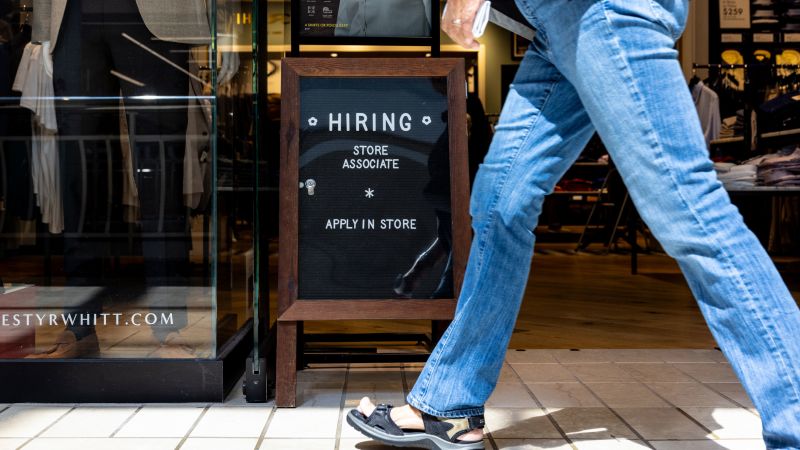Decline in Summer Jobs for US Teens

Teenagers in the US are facing increasing challenges in finding summer jobs due to a combination of economic uncertainty, automation, and changing preferences. A recent report from Challenger, Gray & Christmas (CGC) projects that teens will secure approximately one million jobs during May, June, and July, a decrease from the previous year's forecast of 1.3 million and slightly below the 1.1 million jobs ultimately filled. If this projection holds true, it would represent the lowest summer job gain since 2010, when only 960,000 positions were added.
Economic factors, such as the current socio-political climate, potential decreases in tourism, and the expected impact of tariffs leading to higher prices and lower consumer demand, are contributing to the decline in summer job opportunities for teens. Many teens rely on these jobs to support their education, cover school expenses, and assist their families, making the limited opportunities a potential source of hardship, particularly for those from lower-socio-economic backgrounds.
Labor statistics reflect these challenges, with data from the Bureau of Labor Statistics indicating that only 5.5 million teens aged 16 to 19 were employed in April, marking the lowest total for that month in three years. The teen unemployment rate has also risen to its highest level since 2020, coinciding with the early months of the COVID-19 pandemic.
Experts like Eric Edmonds, Chair of the Economics Department at Dartmouth College, and sociologist Yasemin Besen-Cassino point to a growing mismatch in the labor market. Many teens are now opting for alternative summer activities, such as classes, internships, and credentialing programs, believing these will better prepare them for future career success. The appeal of traditional summer jobs in retail or hospitality is waning as teens seek opportunities that enhance their resumes and improve their marketability.
Automation also poses a significant threat to teen employment. Employers are increasingly turning to technology to perform tasks that were previously done by teens. The decline of shopping malls and the rise of AI have further reduced the demand for teen workers in retail and the service sector. This shift is causing concern among teenagers and their parents, who may also face similar job risks.
There is a noted gap between the wages teens expect and what employers are willing to offer, leading to hesitancy among teens to pursue traditional roles in retail or food service. Despite a drop in youth unemployment since the pandemic's peak, it remains elevated at 9.6 percent, up from 9.3 percent the previous year, indicating ongoing challenges in the teen labor market.







_1751880097.jpeg)



:max_bytes(150000):strip_icc()/GettyImages-2217858319-e3dd36094ffa400dbee9b99e46257e39.jpg)

